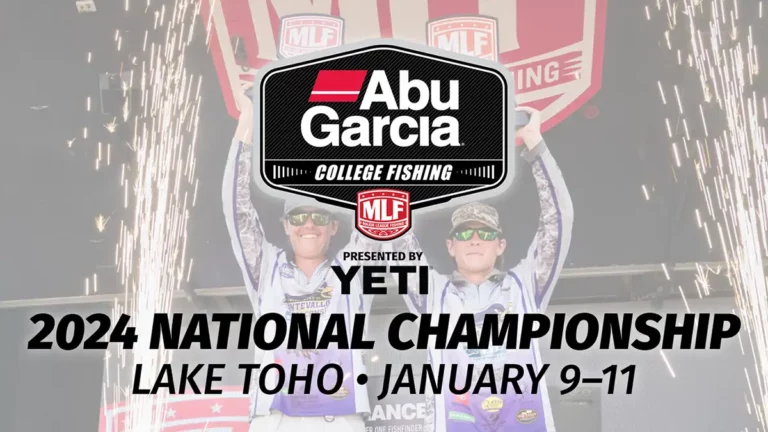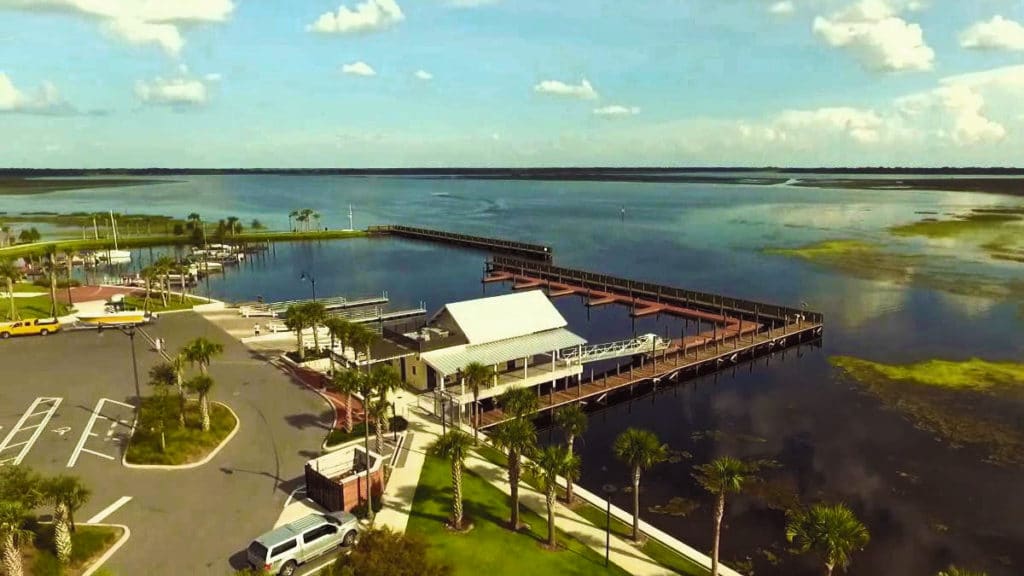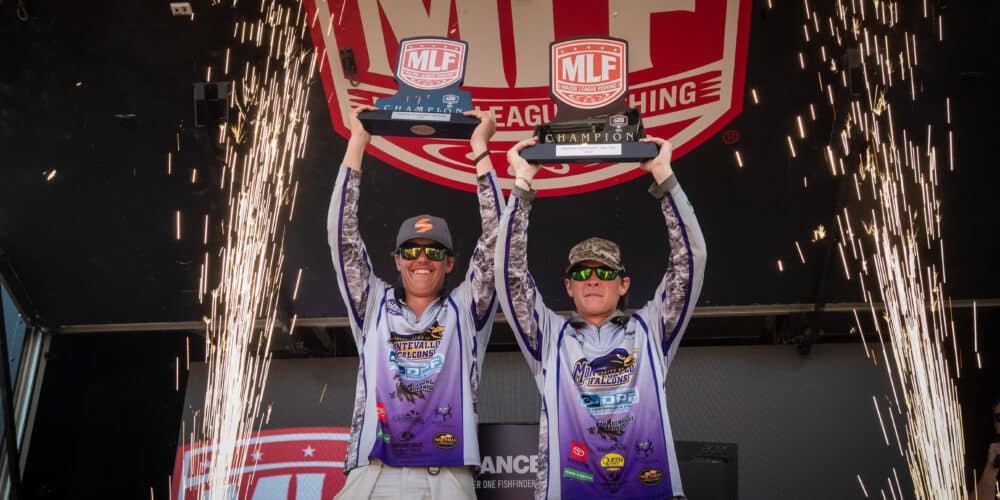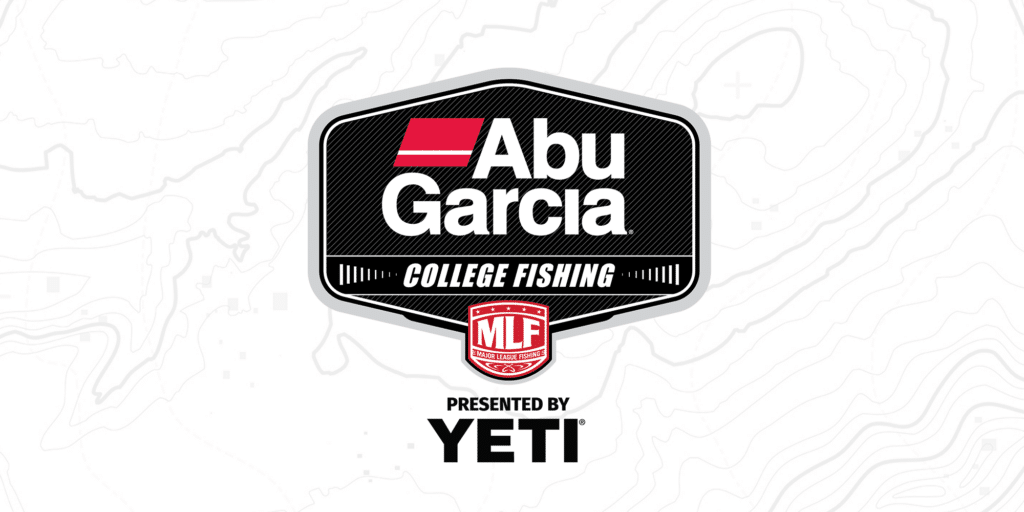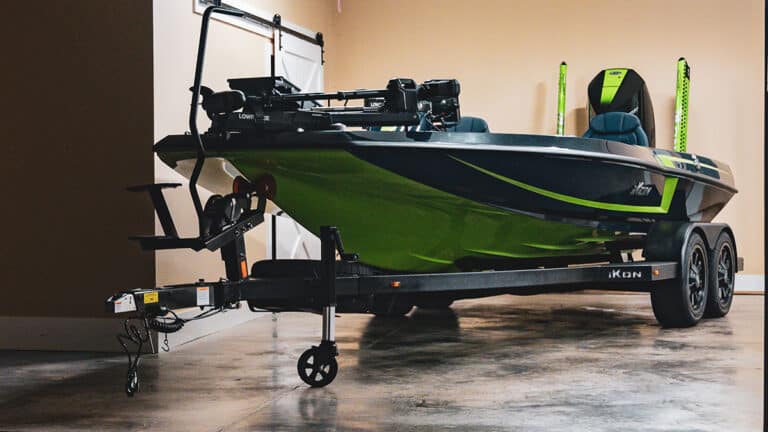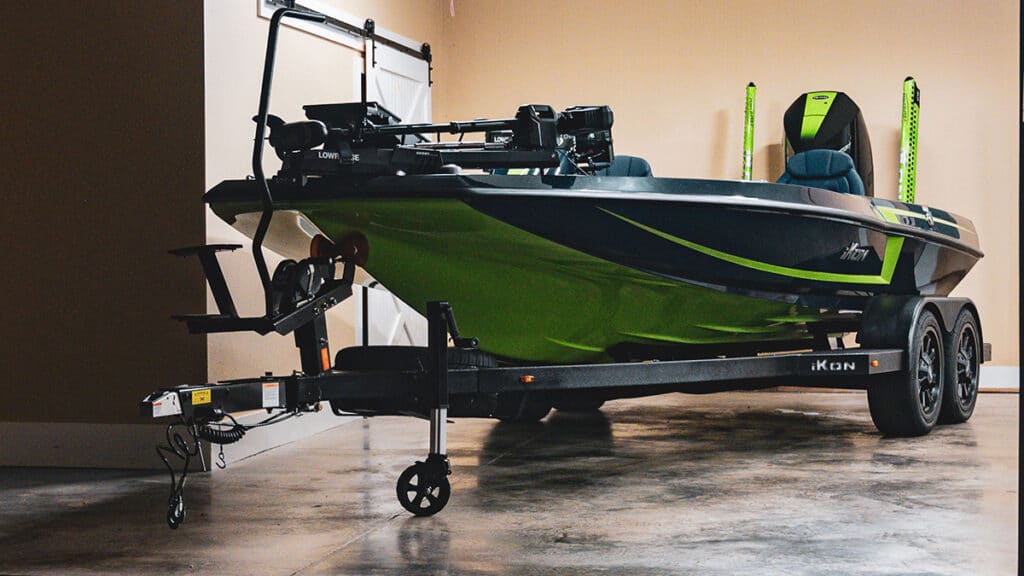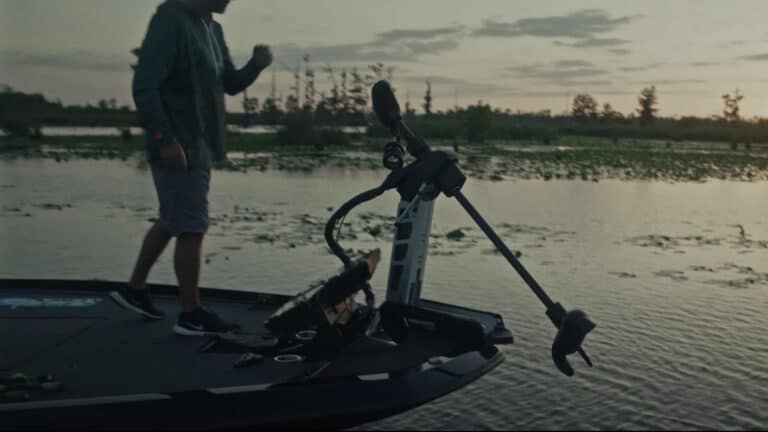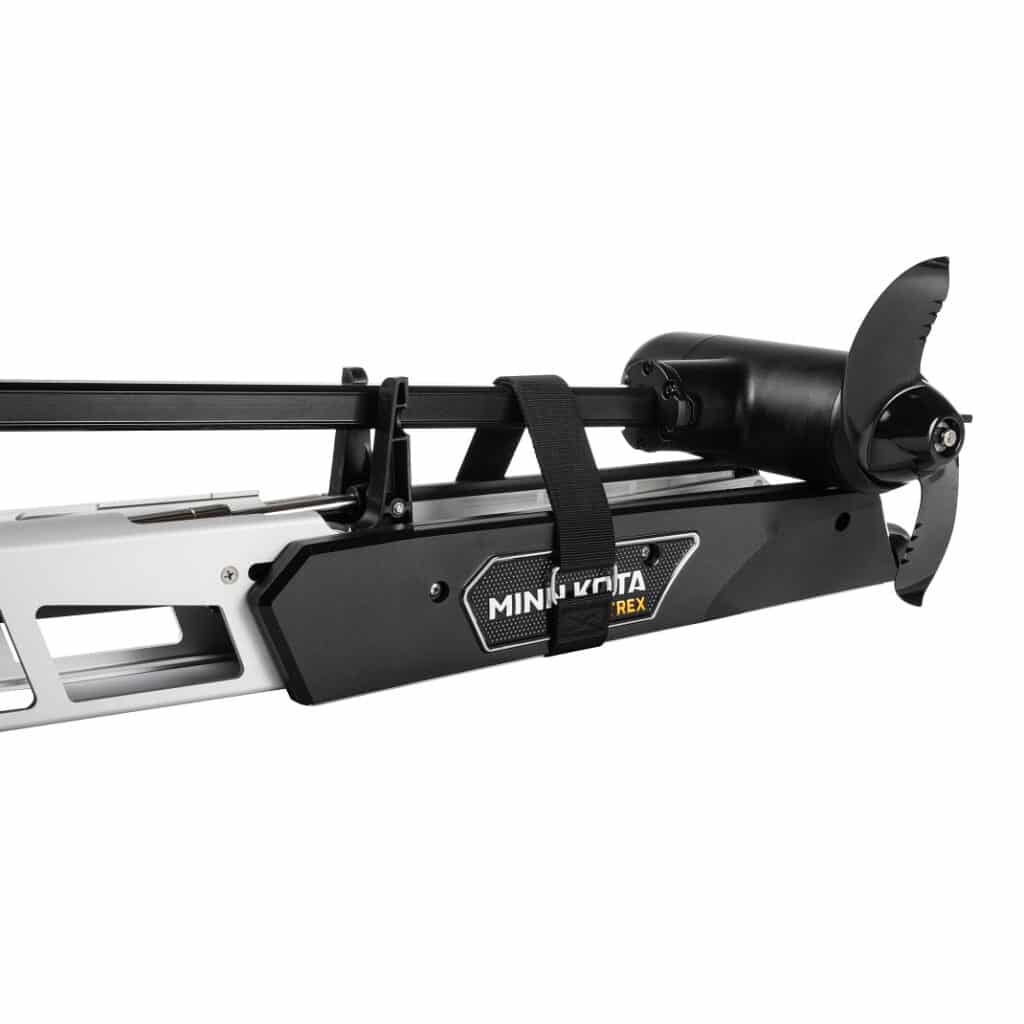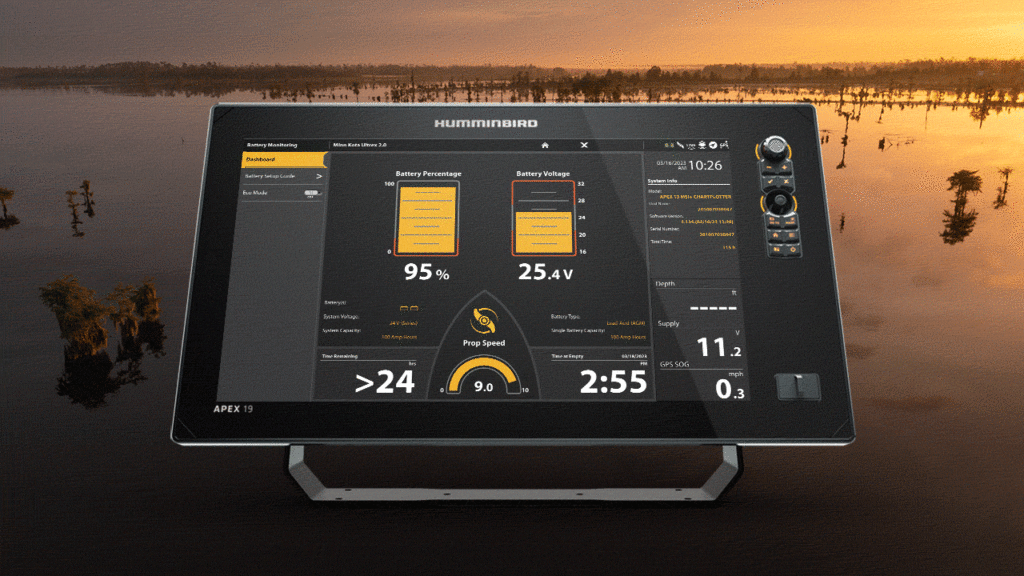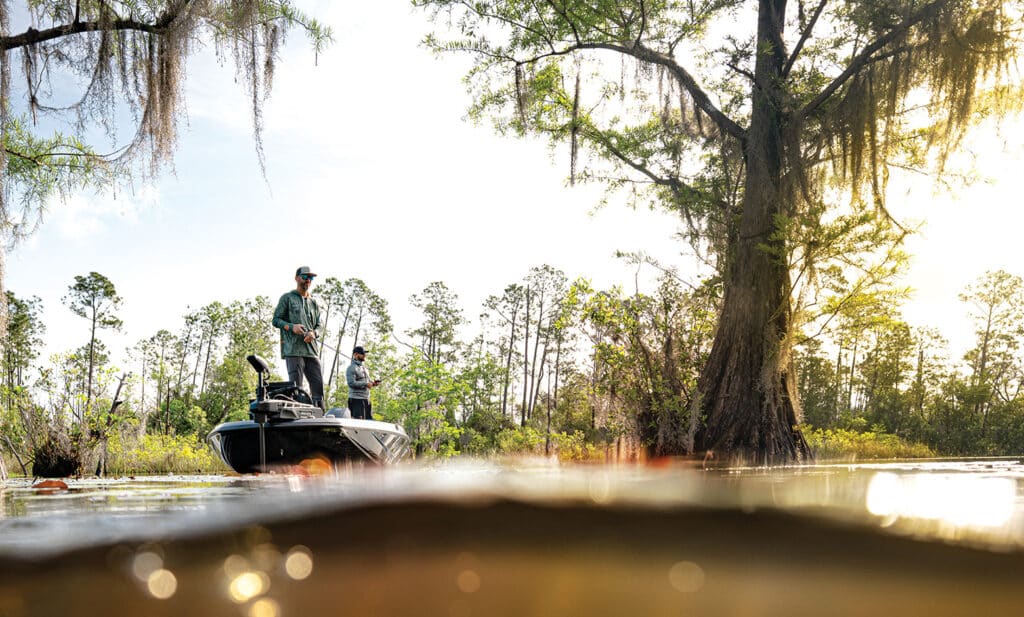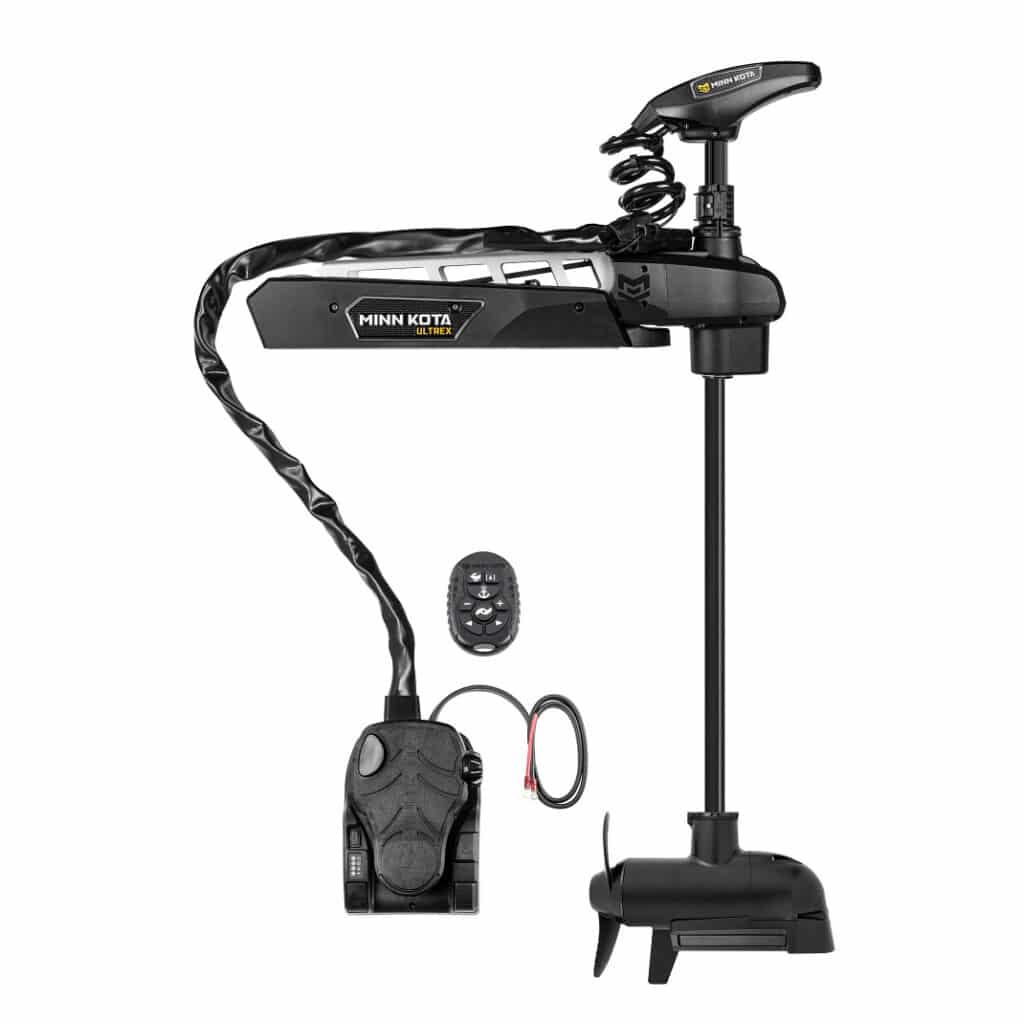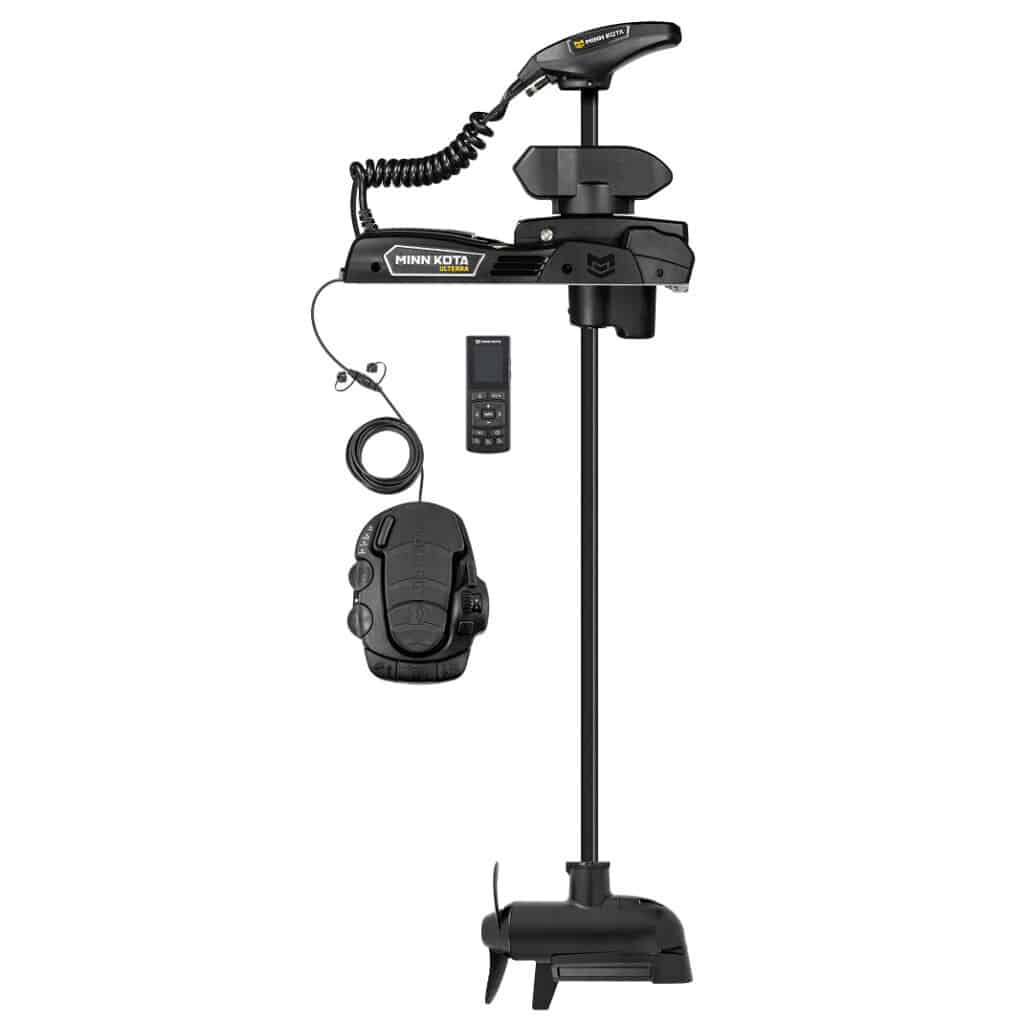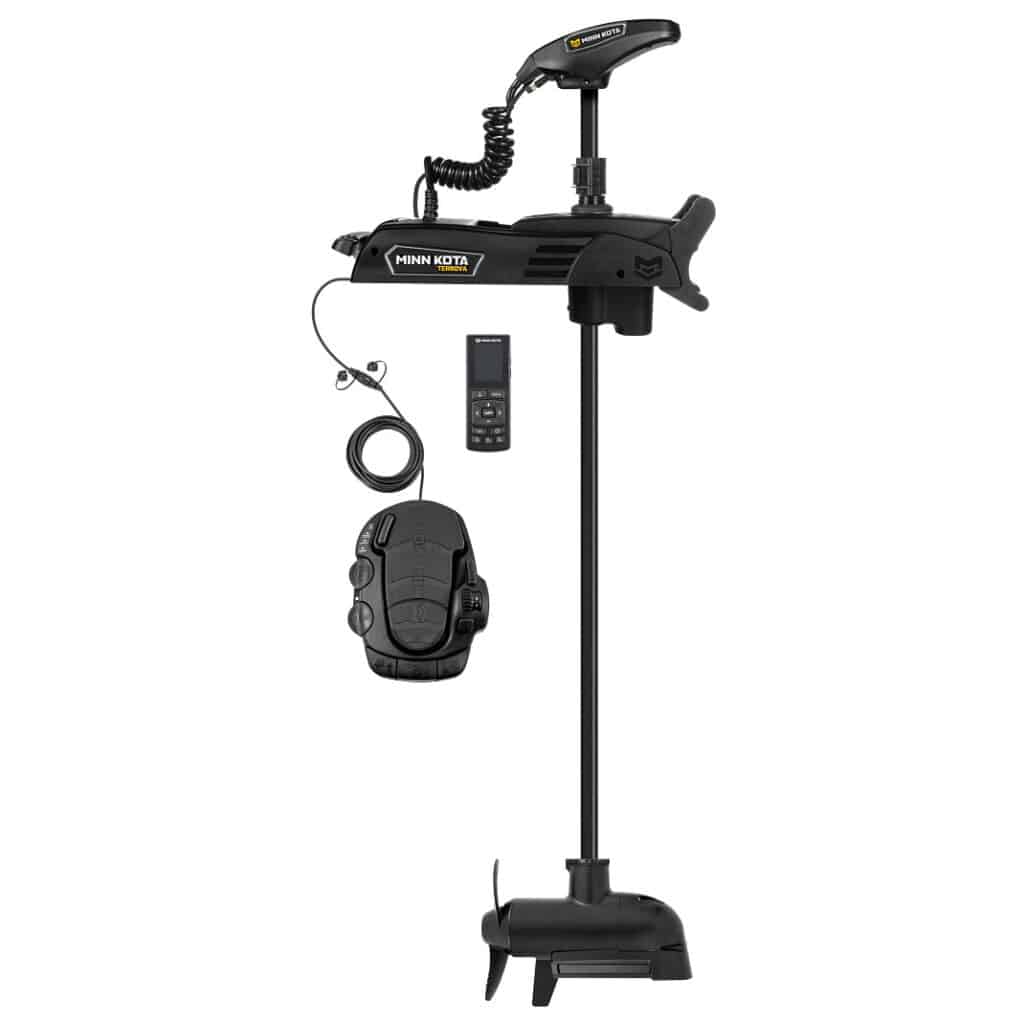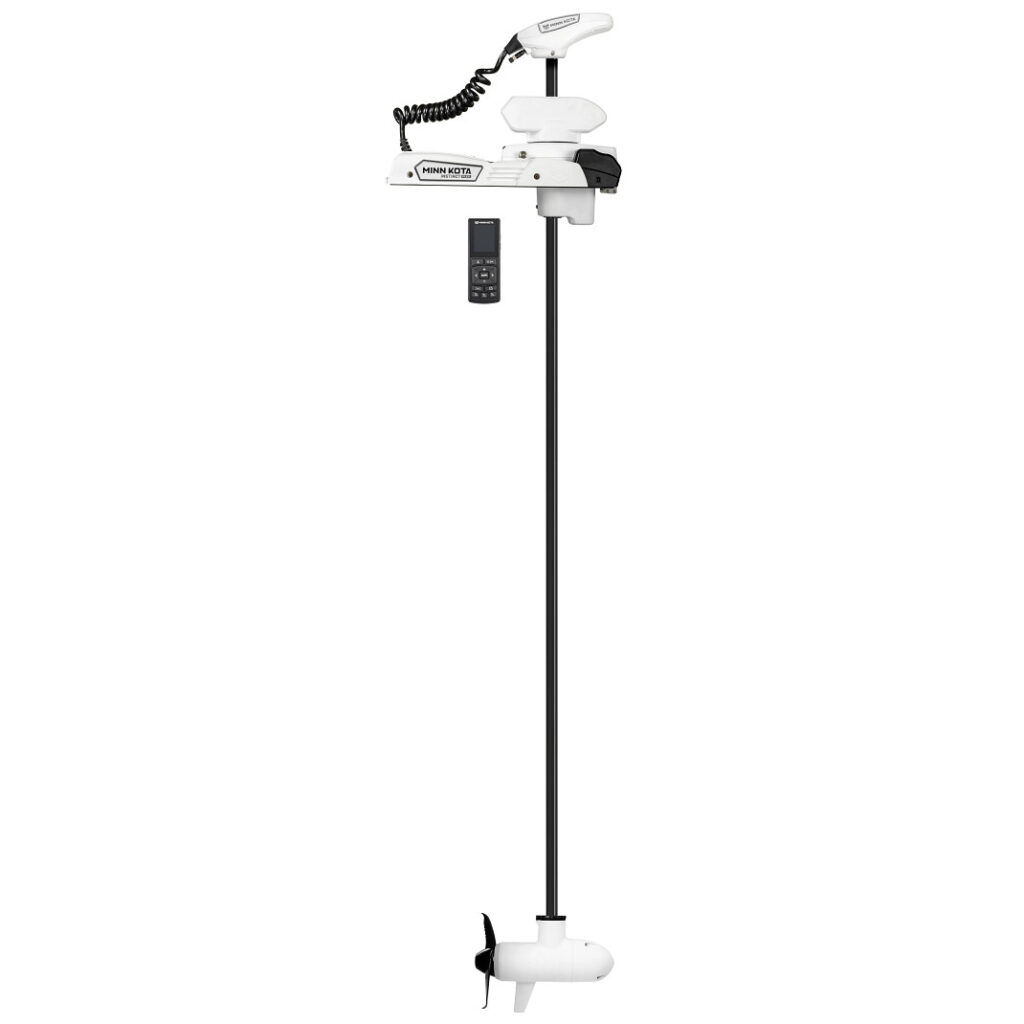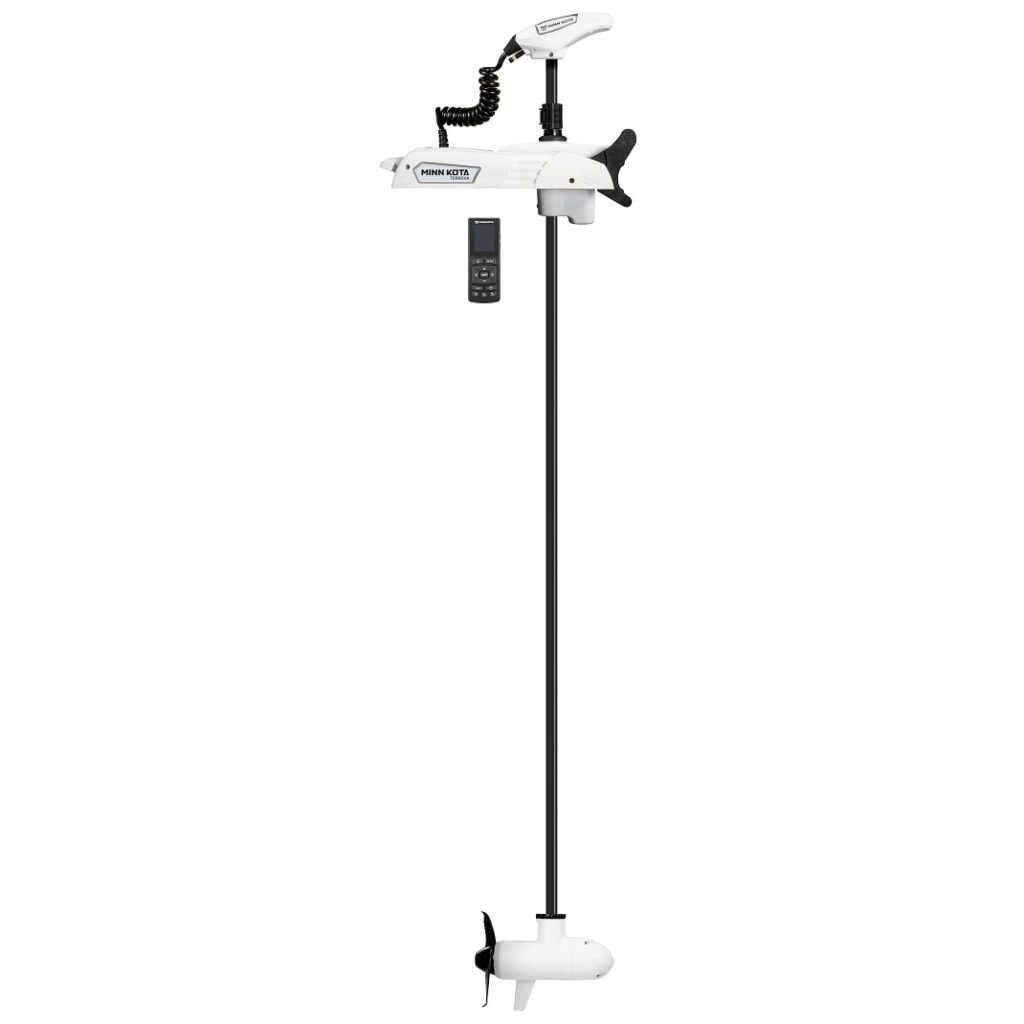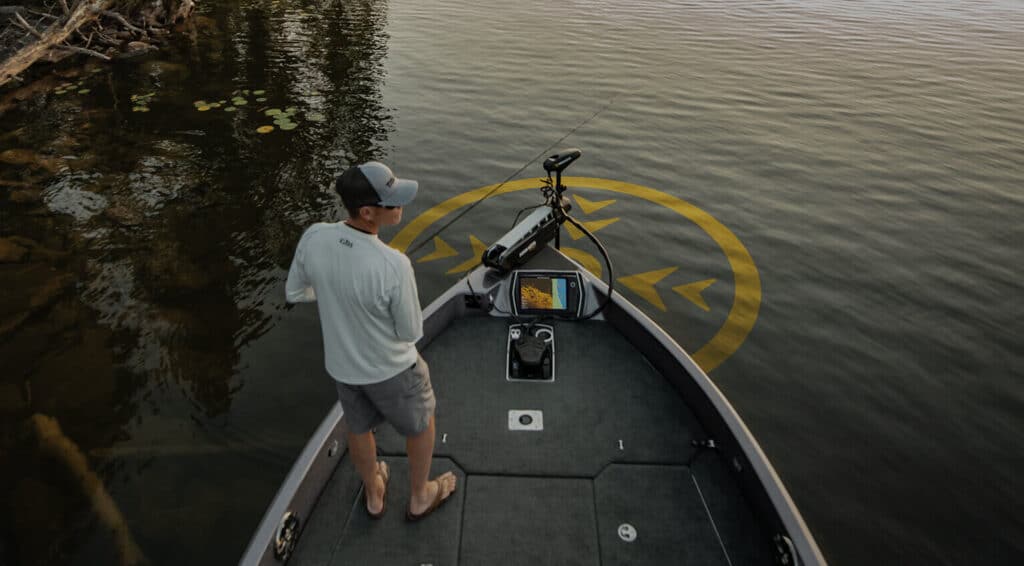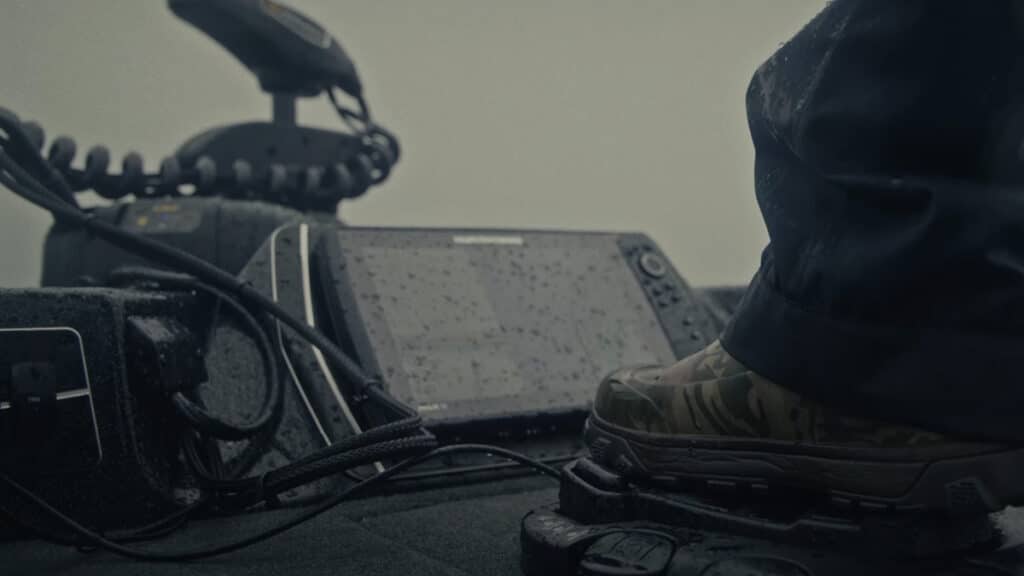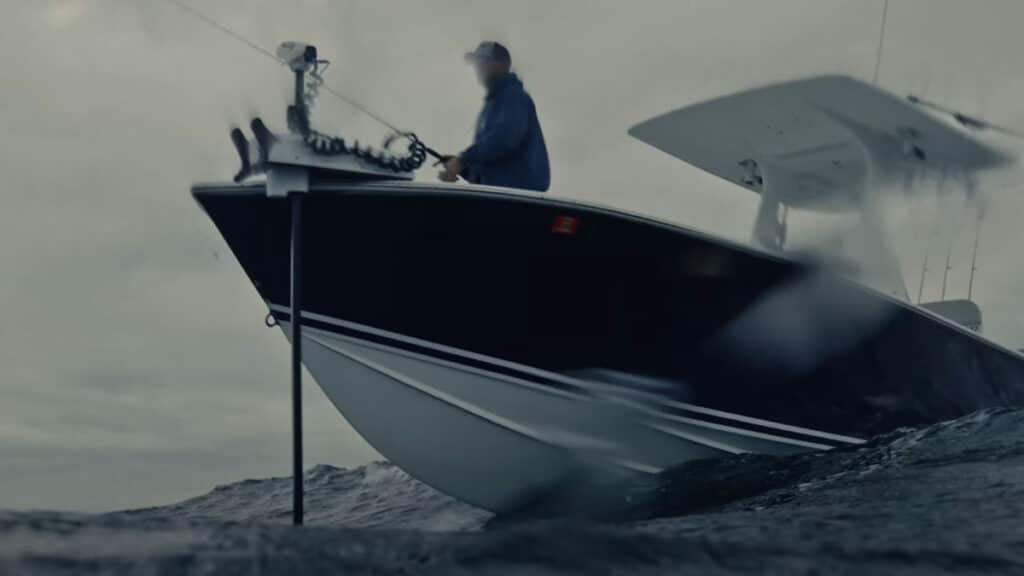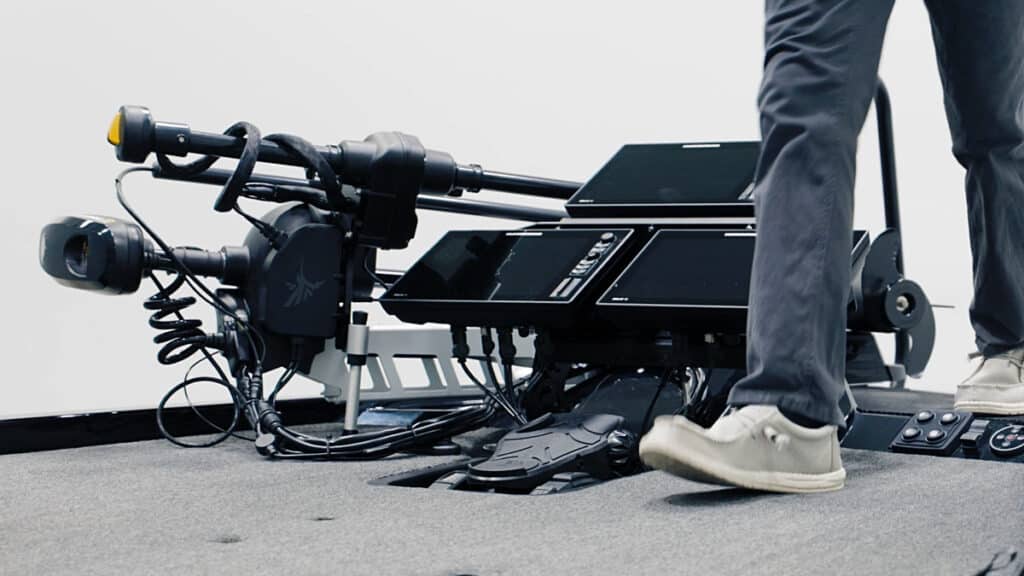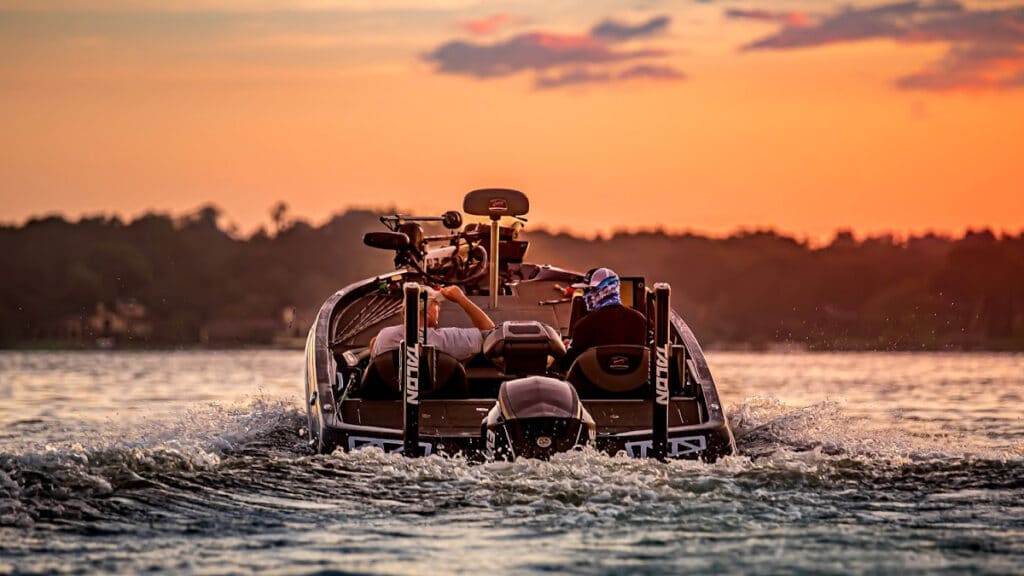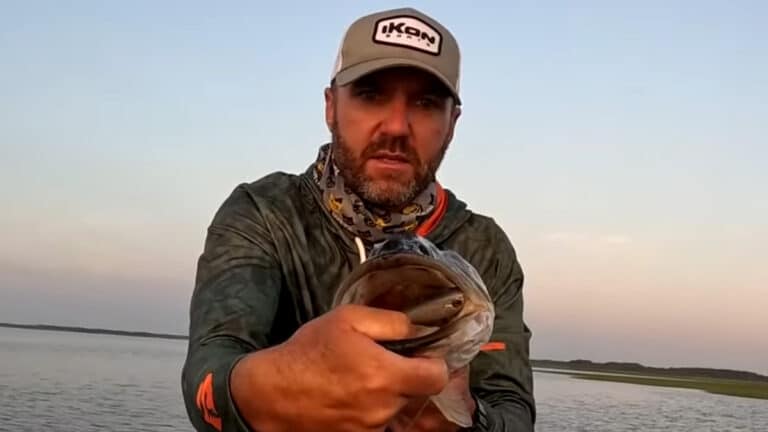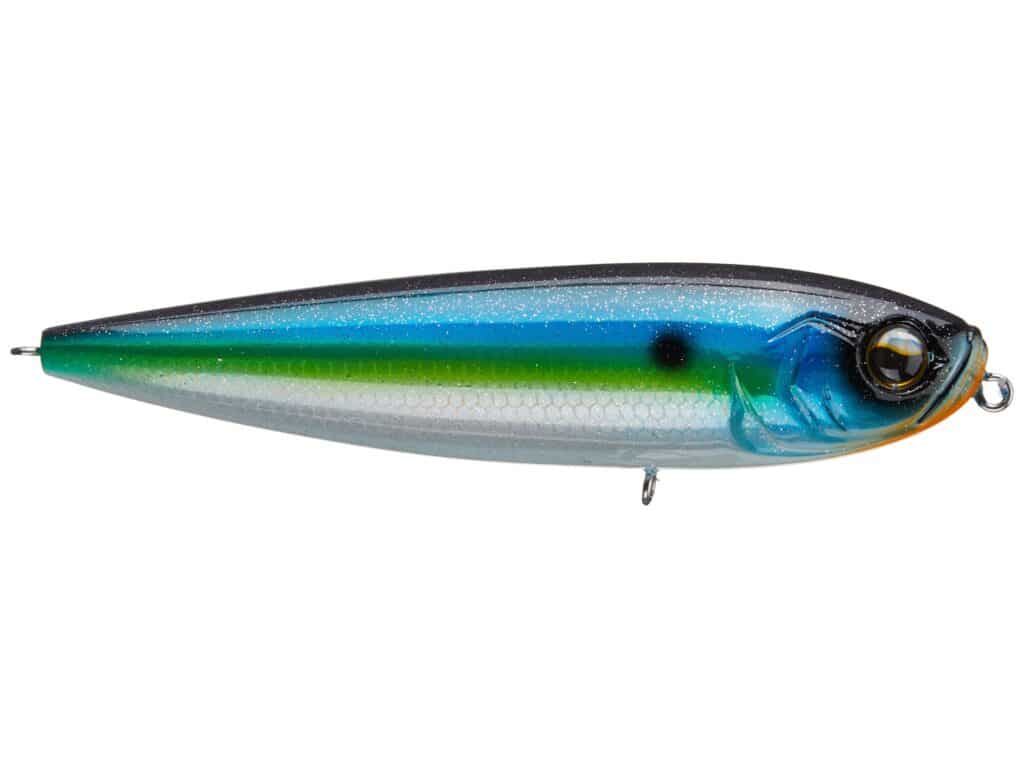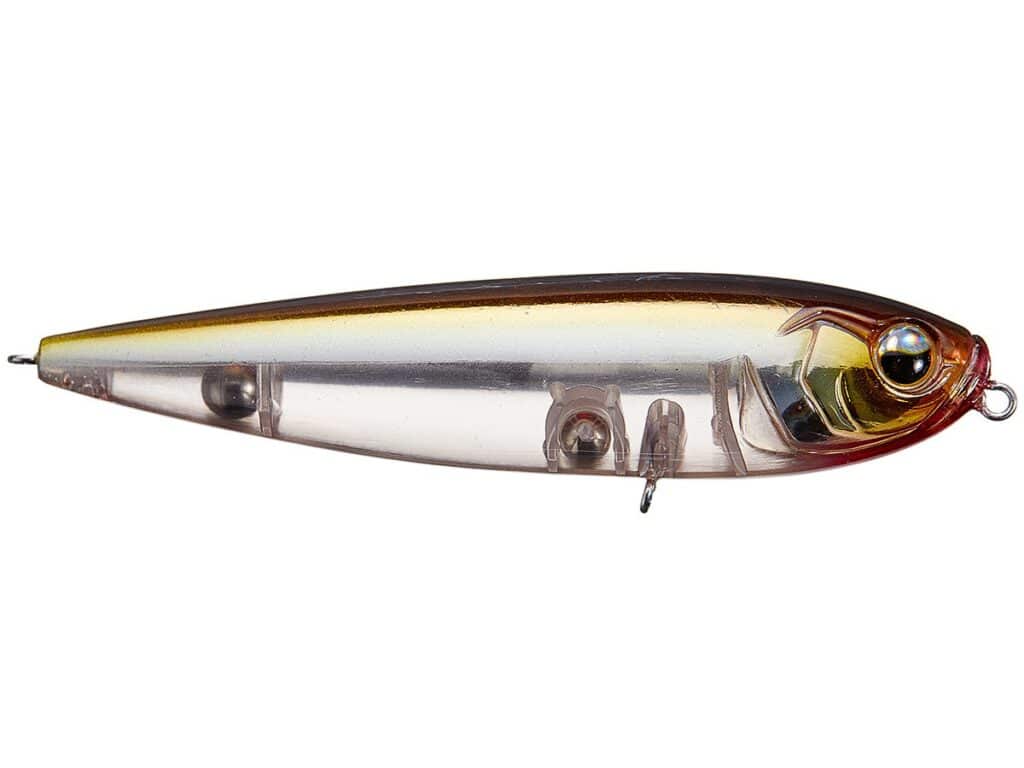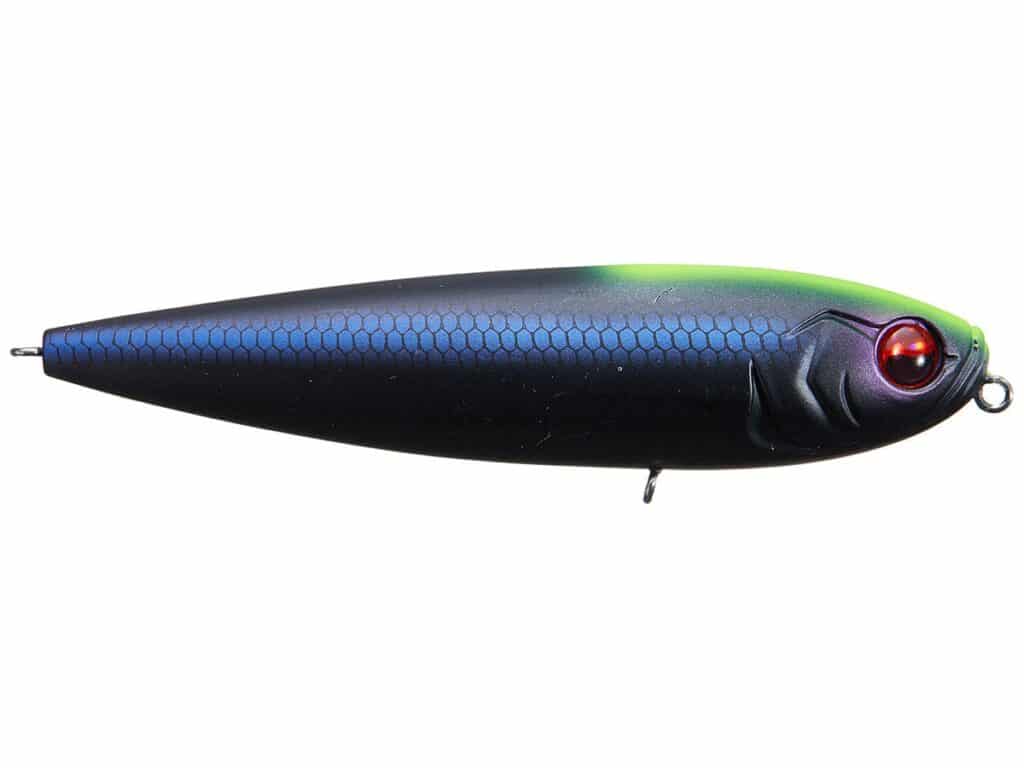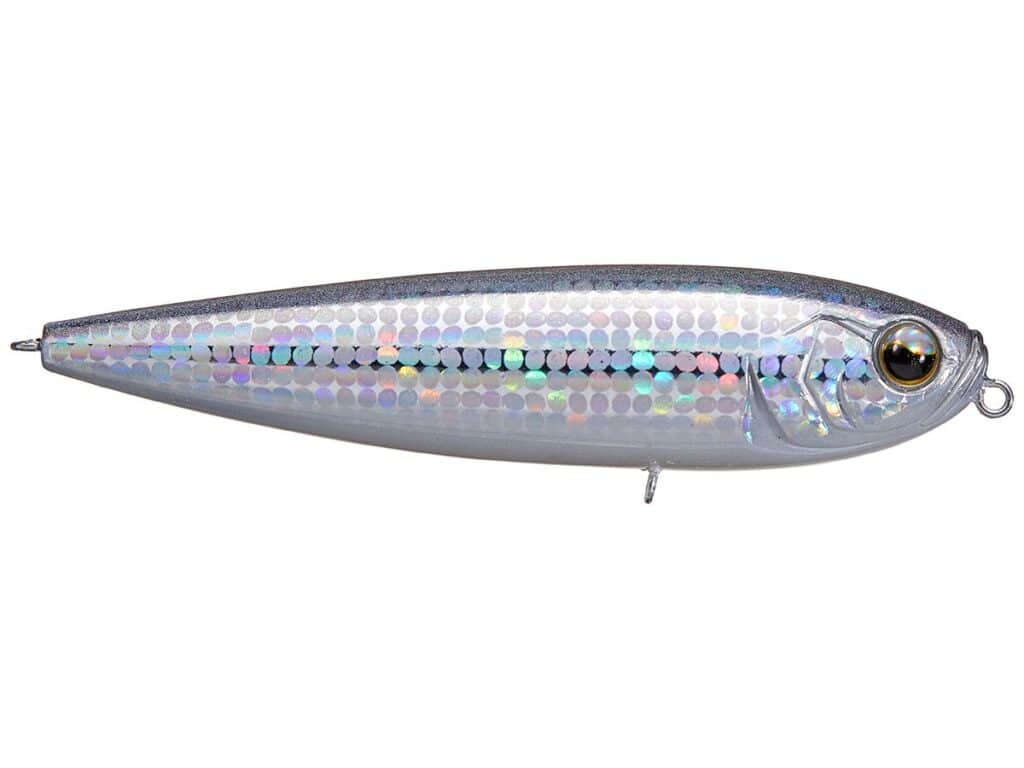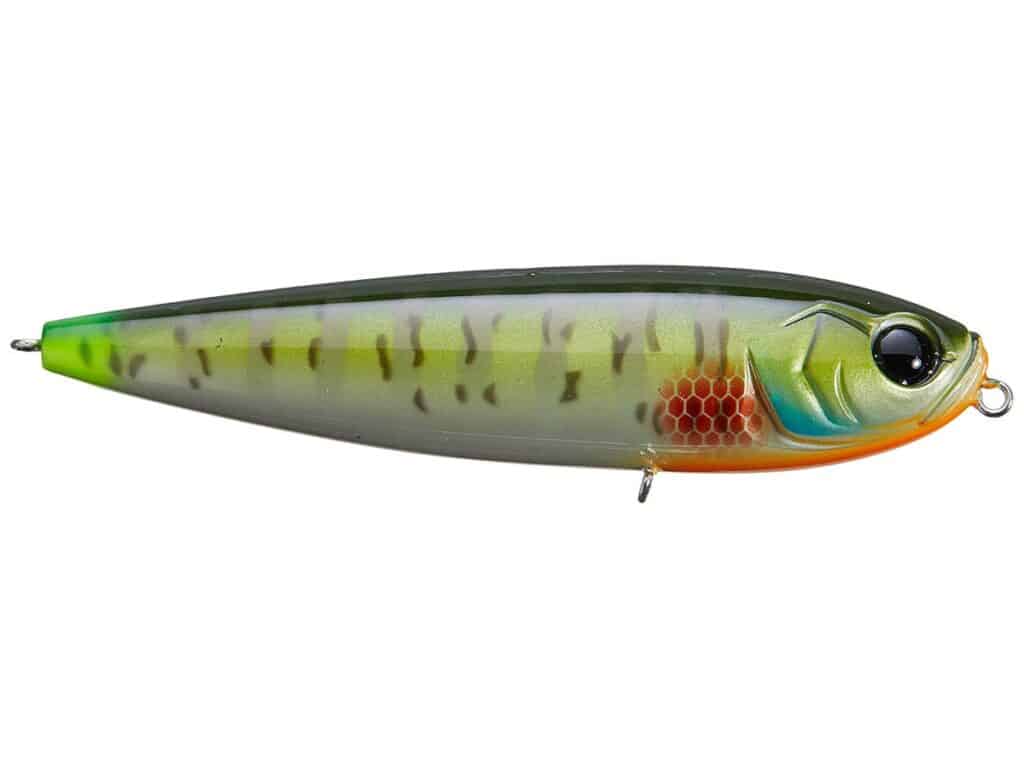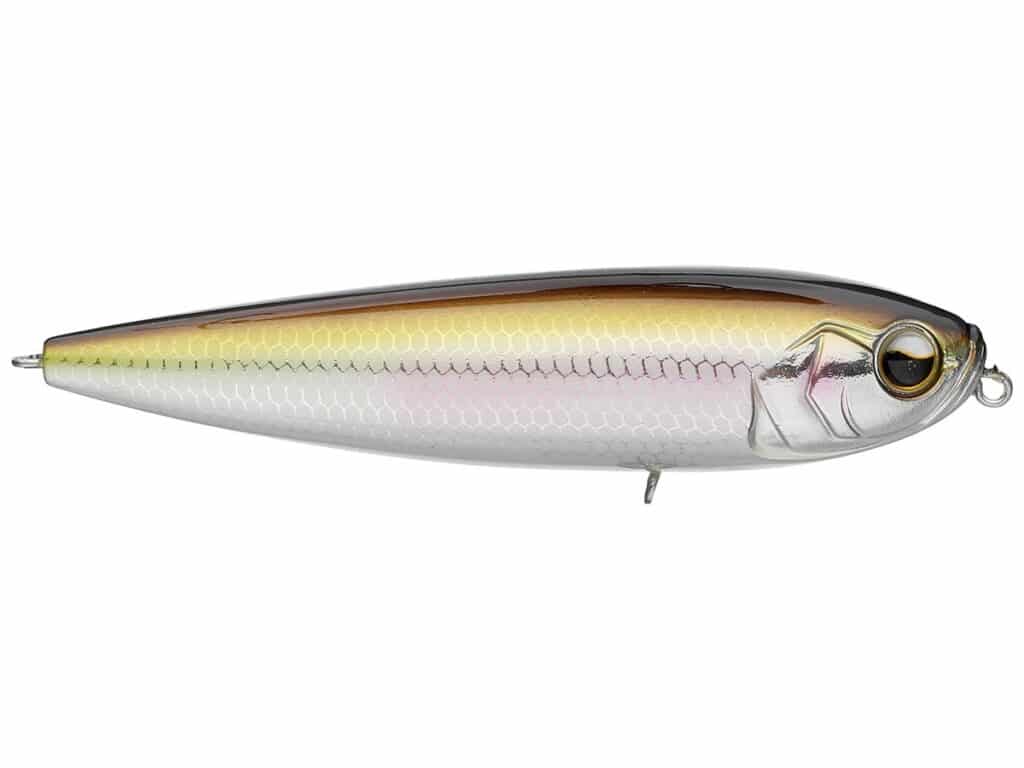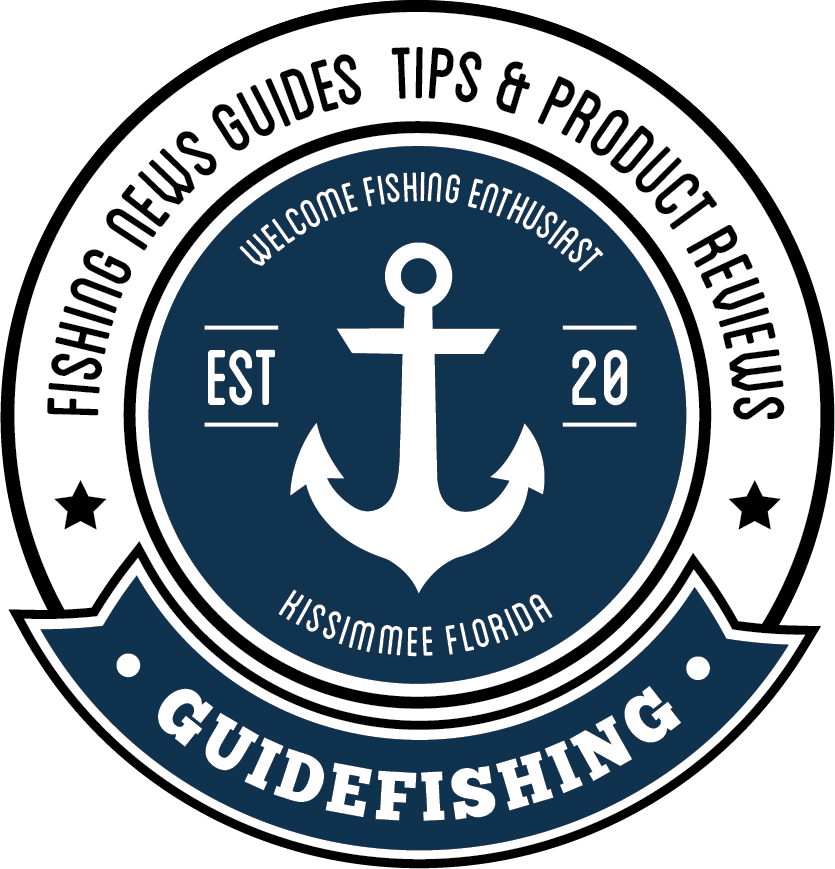Unveiling the LX20: iKon Boats’ Masterpiece
The LX20 Bass Boat from iKon Boats is a luxury bass boat that fits in your garage. This opulent bass boat is fully loaded and priced to compete with all major brands.
Have you ever dreamed of owning a bass boat that not only offers superior performance and innovative features, but also provides ample room for anglers and their gear? Look no further than the LX20 Bass Boat from iKon Boats. This marvel of engineering is designed to cater to the consummate fishing anglers intellect, combining advanced technology with unparalleled comfort and style. Ready to explore the cutting-edge features and design of this remarkable vessel? Let’s dive in.
How big is the LX20 Bass Boat?
iKon Boats LX20 has a length of 20’10” with a 98” beam, the 2-piece flexible architecture called the “ikonic Terrain”. The stringer and deck design are optimized to yield more fishing real estate than any of our competitors.
LX20 By The Numbers
- Length – Overall: 23′ – 7″ (w/Trolling Motor Stowed, Engine Tucked)
- Length – Hull: 20′ – 10″
- Beam – Overall: 98″
- Beam – Inside Gunnel: 86″
- Engine – Max Horsepower: 250 hp
- Fuel Capacity: 50 gal
- Livewell: 35 gal “L2” Livewell System
- Dry Weight – Base Boat (approx): 2000 lbs
Towing and Storage Specifications
- Towing Length: 27′ – 7″ (Tongue Extended, Engine in Tow Position)
- Storage Length: 25′ – 0″ (Tongue Folded, Engine Tucked)
- Towing/Storage Width: 100″ (Standard Trailer w/14″ Tires)
- Towing/Storage Width: 102″ (Standard Trailer w/18″ Tires)
- Towing Storage Height: 80″ (Standard Trailer w/14″ Tires)
- Towing Storage Height: 82″ (Standard Trailer w/18″ Tires)
- Approximate Tongue Weight: 500 lbs
- Trailer Gross Vehicle Weight Rating (GVWR): 6000 lbs
Even with 2 factory mounted graphs, you’ll notice there’s plenty of room when you enter the boat with our massive walk-around front step pad. The entire front deck and deck lids are finished with premium padded carpet for those long days on the water.
Stringer & Deck Design
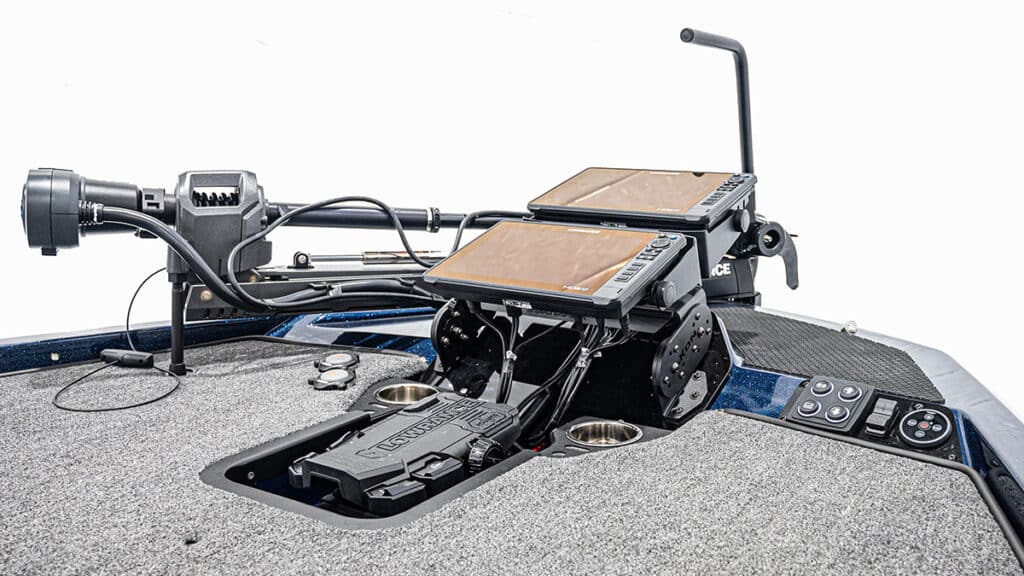
The 2-piece flexible architecture used in our “iKonic Terrain” (iT) stringer and deck design(s) were optimized to yield more fishing real estate than any other product in the game.
LX20 Rod & Tackle Storage
Compartments:
The LX20 has a fully finished interior liner. Every compartment is equipped with bright LED lights. And, the aluminum lids are secured with waterproof stainless-steel compression latches.
Port Rod Locker:
The port-side rod locker will hold rods up to 8 feet, 6 inches. It’s padded on the bottom, sides, and steps, and can be loaded with as many 40 rods.
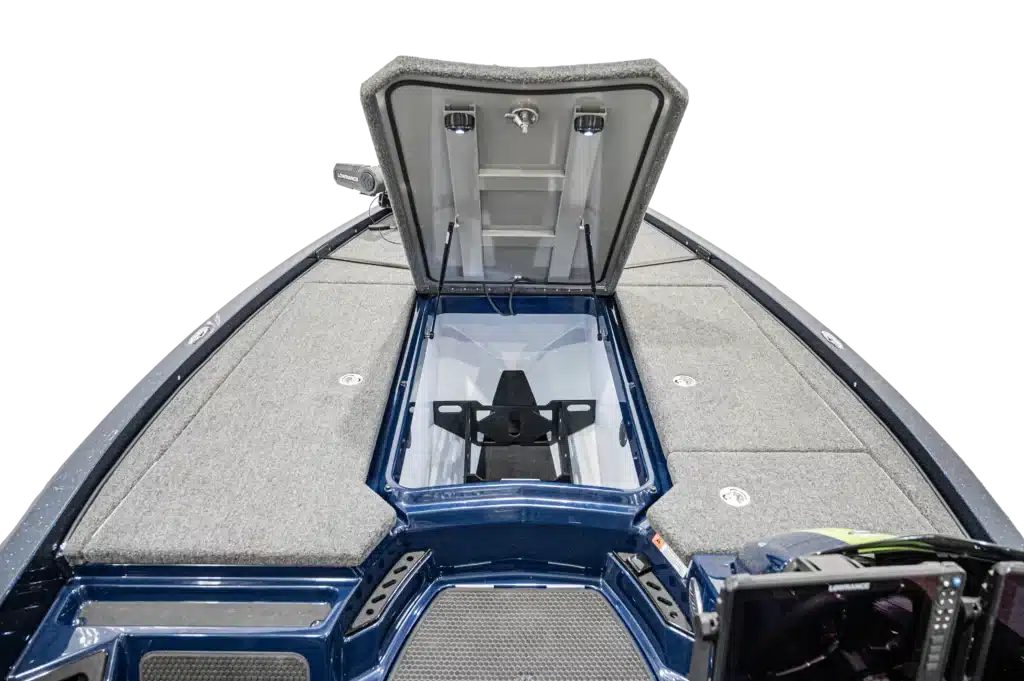
Center Storage:
At over 19 cubic feet, the center storage compartment is absolutely massive. It’s equipped with a bi-level tackle organizer that has room for up to 24 Plano boxes. And, in front of the tackle organizer you’ll see there’s still plenty of room for more gear.
It’s finished off with 2 super bright upper work lights for rigging in low light conditions.
Starboard Storage and Day Box:
The starboard storage box can hold rods up to 7 feet 6 inches long and has padding on the bottom. The day box has a drop-in tub that when removed gives you convenient access to your fire extinguisher and some of your outboard’s electrical components.
Most Advanced Livewell System
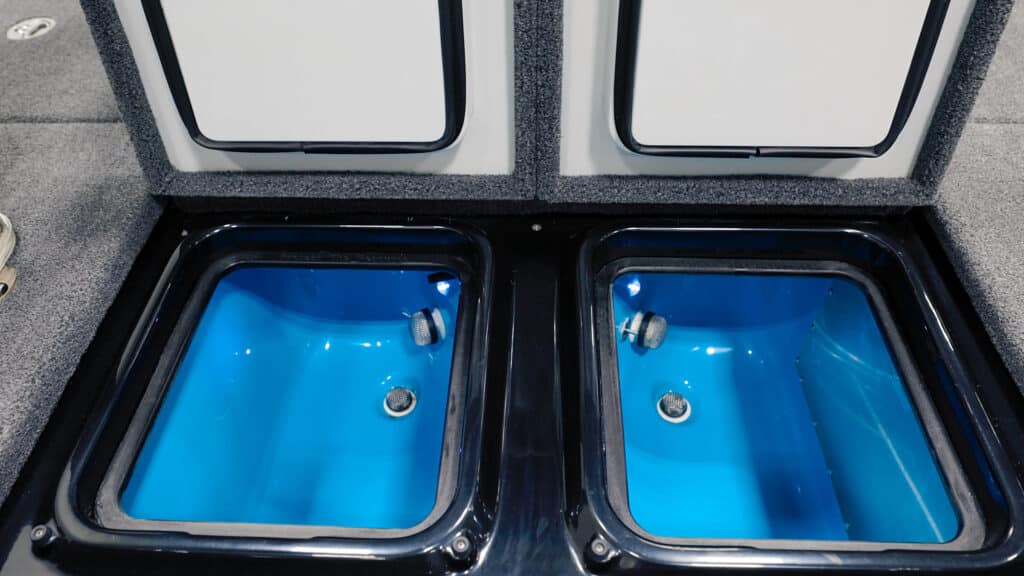
The LX20 bass boat is engineered to provide anglers with an exceptional fishing experience, catering to the consummate fishing anglers intellect with its innovative features and design. The patented L2 livewell system, a fully automated and temperature-controlled system specifically designed to maintain the health of fish and ensure their protection, is just one of the many key features of the LX20.
Auto Inject Fish Additive
The auto inject fish additive is a type of additive that is automatically injected into a livewell system in a boat to promote the health and vitality of the fish. It assists in sustaining water quality and supplying essential nutrients to the fish, ensuring a clean and healthy environment. The LX20’s auto-inject fish additive feature is designed to be user-friendly and efficient, providing a clean and healthy environment for the fish while reducing the time and effort required to maintain the livewell system.
By incorporating the auto-inject fish additive feature into the LX20, iKon Boats demonstrates its commitment to protect fish, run comfortably, and provide a comfortable ride for anglers. This feature ensures that the fish remain healthy and vibrant, contributing to a successful and enjoyable fishing experience for all on board.
Automated Temperature Controlled Livewell
Fish conservation is the main subject of our patented L2 Livewell system, which concentrates on protecting fish – both during and after the tournament.
Our first in class, easy-to-operate, fully automated livewell system is patented for “auto everything”.
This includes auto fill, maintain fill, recirculate, oxygenation, inject livewell treatment, and even automatic temperature control with our port mounted chiller plate. The livewells are fully insulated and finished off with an easy to remove
center divider.
Hull Design & Performance
Hydrodynamic Stabilizer System
The LX20’s Hydrodynamic Stabilizer System (HSS) ensures a smooth ride on any water body, providing exceptional stability and minimal drag through the water. Its advanced design is often employed in paddle sports, such as canoeing and kayaking, to improve the overall experience on the water. The HSS of the LX20 offers a comfortable journey on any body of water, reduced drag through the water, and remarkable stability, ensuring that your fishing adventure is as enjoyable as possible.
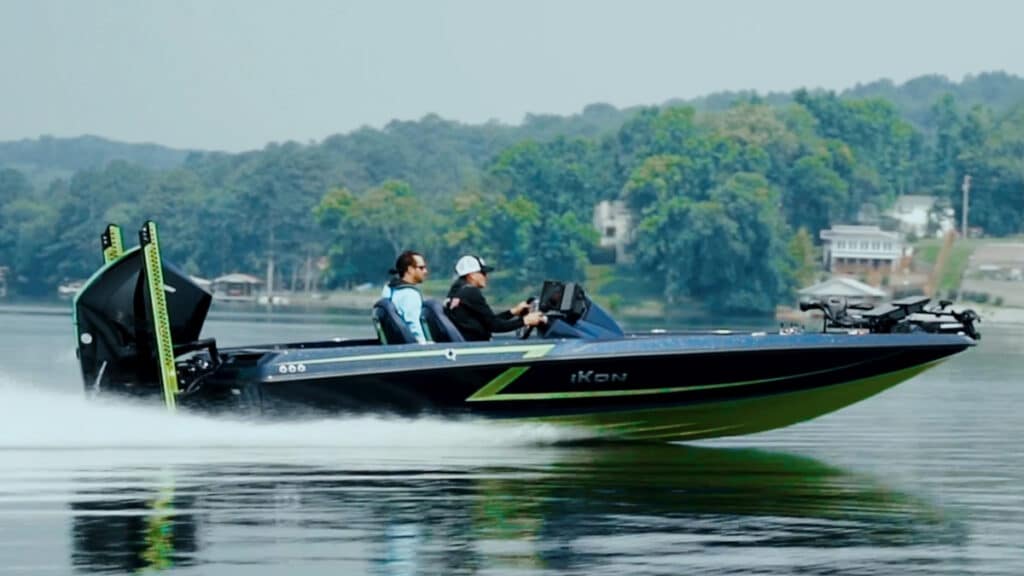
The Hydrodynamic Stabilizer System is not only a design marvel but also a testament to iKon Boats’ commitment to excellence. Drawing from the iconic spirit of East Tennessee’s HCB Yachts, the LX20 incorporates sophisticated yacht engineering techniques and advanced technologies that guarantee optimal performance, safety, and comfort. This ongoing expansion centered design ensures that the LX20 is truly a vessel for the lifelong passion of anglers.
Seat System & Comfort

E-Seats: Inspired by the automotive industry, our E-Seat seating system features
a one-piece fiberglass shell, an embedded 6 spring suspension system, and a slide-and-lock system to adjust forward or back. The intuitive design removes visual interferences while driving, and has an easy in-and-out configuration that’s finished off with high quality cool breeze upholstery.
Coolers
Rounding out the interior of the LX20, you’ll notice the sloped seat mounting area, and padded cockpit floor that allows for quick drainage and no puddling. Both the forward cooler and storage compartment between the cockpit seats are constructed with 1 ½ inches of insulation and insulated lids. The forward cooler will hold a full case of water, keep ice all day, and even has a net on the underside of the lid to keep food and snacks dry.
Cockpit & Helm Control
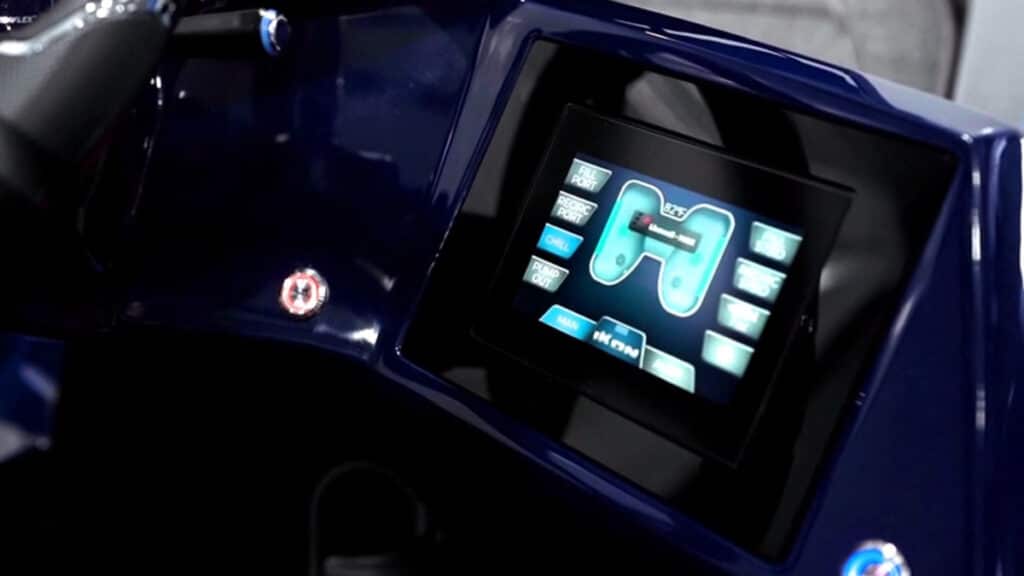
5” Custom Control Screen: From iKon’s 5 inch custom control screen, you can easily operate and customize the settings for your L2 Livewell styem, Fusion Bluetooth stereo system, navigation lights, deck and compartment lights, power ventilation system, and all your necessary outboard information, making no need for analog gauges.
Clean Console: We’re not hiding anything on this clean, one-piece molded fiberglass console. The one-touch power button controls both your house and trolling motor batteries. On the left side of the console, we have a quick-access button pad that conveniently operates your livewell, bilge pump, and lights. The button pad also acts as a back-up should you ever have problems with the control screen. Rounding out the console… Just below, we have a wireless phone charger that will charge right through your phone case.
Trailer Option & Storage
When you’re on the road, your LX22 will be rolling on a custom Boatmate trailer that’s equipped with 3 bow steps and handle to easily enter the boat, rock guard paint, over-sized side steps, automatic runway lights that light up when the trailer is submerged, a swing away tongue, 4 wheel surge brakes, and options for 14 or 18 inch low profile custom wheels.
And finally, our light-weight travel cover leads the industry with the first APS “Anti-Puddling Pole System” to keep your boat dry when in storage. There’s convenient zip access to the console area and an expandable pocket when running a 2-graph system. It’s constructed
with marine-grade weatherproof canvas, and completely secured with a simple rachet system. Whether you’re running 2 graphs, or 5, this one cover with it’s patented vacu-hold strapless trailing system will eliminate billowing and buffeting to conform to the boat’s shape during trailering.
Customize Your LX20: Design and Build Options
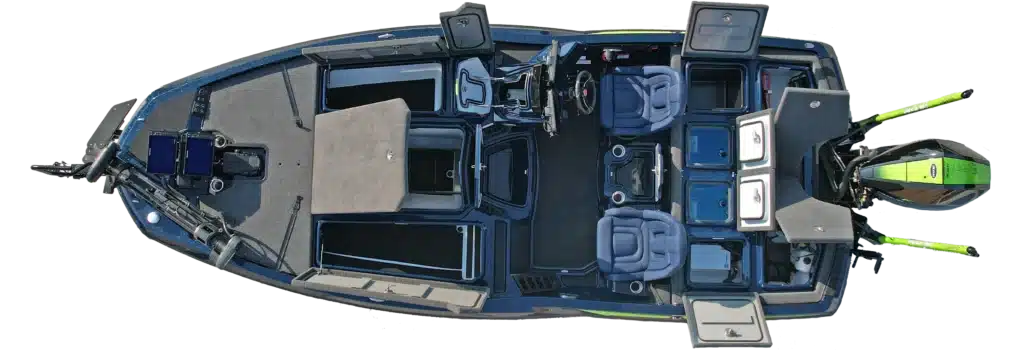
The LX20 bass boat from iKon Boats provides several design and build options to make your dream boat a reality. These options include:
- Tandem wheel trailer with custom styling for effortless trailing
- Hydrodynamic Stabilizer System (HSS) hull for enhanced performance in choppy waters
- Luxurious feel with high-performance capabilities
By offering these customization options, iKon Boats ensures that each LX20 is tailored to the individual needs and preferences of its owner.
With the various design and build options available for the LX20, you can create a vessel that perfectly suits your needs and preferences. Whether you prioritize performance, style, or both, iKon Boats has the options available to make your dream boat a reality. Begin your journey towards the perfect bass boat by exploring the customization options and creating an LX20 that is uniquely yours.
Test Drive the LX20: Find an iKon Boats Dealer
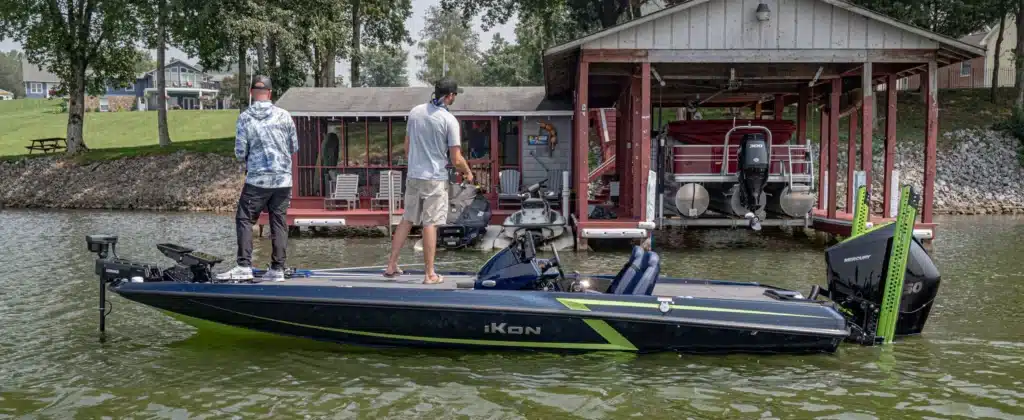
There is no better way to truly experience the LX20 bass boat than by taking it for a test drive. Exploring its performance and features on the water will give you a firsthand look at what makes this vessel stand out from the competition. Test driving the LX20 allows you to experience its smooth ride, innovative features, and luxury design, helping you to make an informed decision about whether this is the perfect bass boat for you.
To take the LX20 for a test drive, simply visit the iKon Boats website at https://ikonboats.com/find-dealers/ and locate an iKon Boats dealer near you. Don’t miss the opportunity to experience the remarkable LX20 firsthand and discover the innovative features and design that set it apart from other bass boats on the market.
Delivering Superior Product Solutions
iKon Boats is committed to offering superior product solutions that provide unparalleled performance, dependability, and value compared to other available alternatives in the market. The LX20 is no exception, boasting pioneering features, advanced technology, and outstanding customer service that sets it apart from the competition. From the Hydrodynamic Stabilizer System and Tall Gutter System to the Auto Inject Fish Additive, the LX20 is designed to offer the best possible performance and experience for anglers.
Additionally, iKon Boats offers exemplary customer service, including continual growth based on customer feedback and personalization options. This dedication to customer satisfaction ensures that the LX20 remains at the forefront of the bass boat industry, providing an unforgettable experience for all who step on board.
Frequently Asked Questions
HCB Yachts – iKon boats, LLC makes iKon bass boats, designed in part by MLF Angler Jacob Wheeler and headquartered in Madisonville, TN.
The LX20 stands out from other bass boats thanks to its unique design, innovative features, and spacious interior.
The Hydrodynamic Stabilizer System offers enhanced performance for the LX20, with smooth rides, reduced drag, and remarkable stability providing a comfortable and enjoyable experience.
The LX20 bass boat provides custom options such as a tandem wheel trailer, HSS hull, and luxurious feel for high-performance capabilities.
It is designed to provide a smooth ride and superior handling in any water condition. The boat is equipped with a powerful engine and a variety of features to make your fishing experience enjoyable. It also has a spacious interior and plenty of space.
Visit iKon Boats website to locate a dealer near you and schedule a test drive of the LX20 bass boat.



